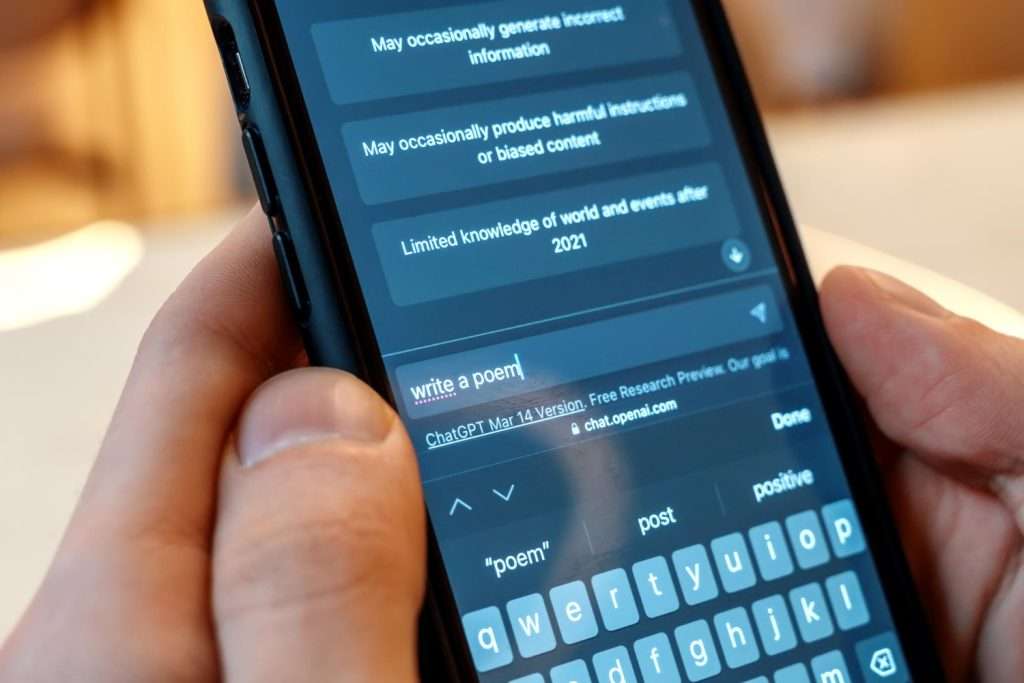Generative Pre-training Transformer, or GPT, is a language generation model developed by OpenAI. It operates by predicting the likelihood of a word given the previous words utilized in the text.
A primary characteristic of GPT lies in its ability to generate text that is near-human across a broad range of tasks 🔤, marking a groundbreaking moment for generative AI’s future.
How does GPT fundamentally operate?
The GPT model utilizes a transformer, a type of model design that relies on self-attention mechanisms. It grasps the context of words by focusing on other words that accompany it within a text.
The transformer’s output is a probability distribution of the likelihood of the next word based on the previous words.
Instead of being trained specifically for tasks, GPT-3, the latest model, is trained on a diverse range of internet text. After such pre-training, it can generate creative text and even translate languages without any data.
Why is GPT significant in AI development?
The unique capabilities of GPT make it a notable development in generative artificial intelligence. By predicting the upcoming word in any given scenario, it can simulate human-like text 🧠. As it gains a better understanding of context, it becomes more accurate and realistic in its outputs.
In essence, GPT marks a fundamental shift from task-specific models towards models that can understand and generate human-like text across a range of tasks, adding a new layer of sophistication to generative AI possibilities.
What are the practical applications of GPT?
Given GPT’s vast potential, there are numerous practical applications for this model. In our initial GPT: An Examination of the Future of Generative AI article, we touched upon different applications including creative writing, translation, and even improvisational dialogue. It can also be used to automate tasks like email responses and writing reports.
Beyond this, GPT has vast potential in automating multiple processes and tasks within businesses, reducing manual work, and boosting overall efficiency.

What are the limitations and criticisms of GPT?
Despite its impressive capabilities, GPT is not without its challenges. Some criticisms are pointed towards its tendency to generate text that’s contextually irrelevant or even nonsensical. Its reliance on input data also means it can inherit and amplify biases present in the source text.
Moreover, by predicting and replicating patterns found in data, GPT may inadvertently reveal sensitive information found in its training data. 🚨
Conclusion
In understanding what GPT is and how it functions in generative AI, we recognize its profound impact on the future of AI development. From automating tasks to creative writing, its applications are highly diverse.
However, as with any developing technology, awareness of its limitations and potential criticisms is also key. As GPT continues to evolve, it holds immense possibilities for the future of AI.
- Analyzing Patterns in Failed Products - July 25, 2024
- Hybrid Cryptographic Systems - July 24, 2024
- Inadequate Threat Intelligence Integration - July 23, 2024
